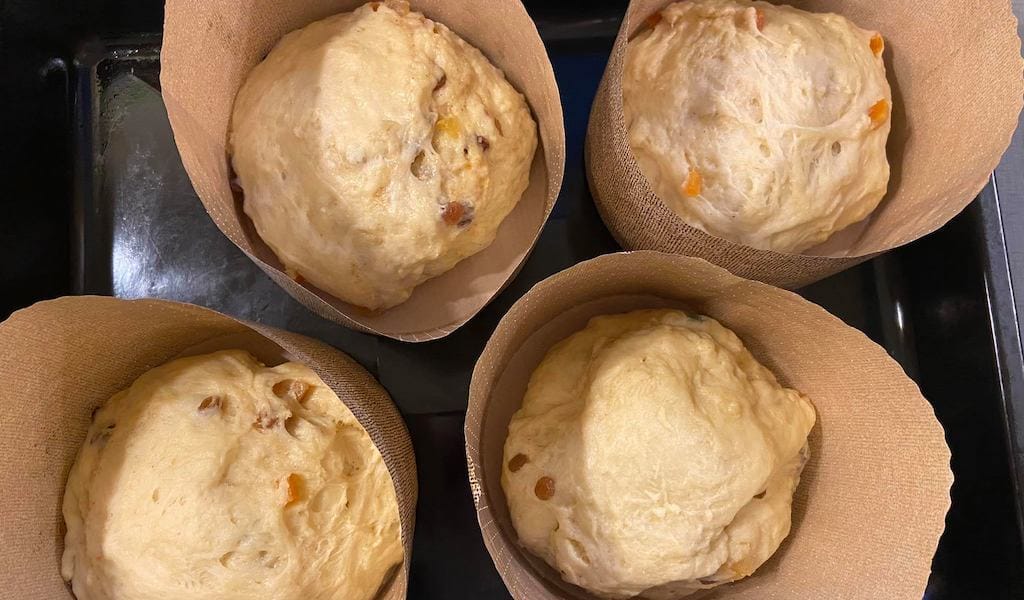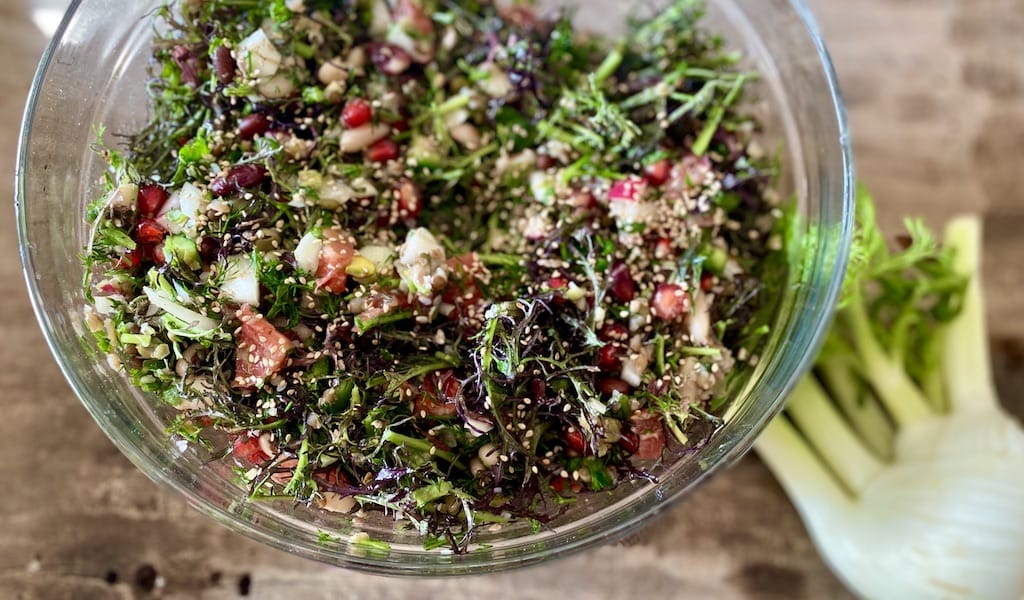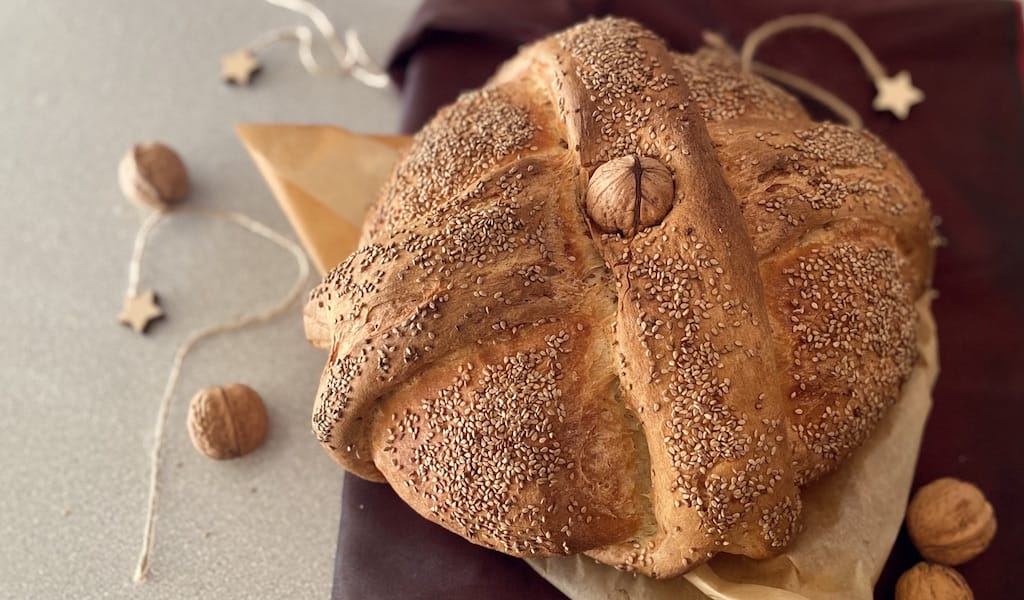Sunday, April 19, was Easter in the Orthodox Christian world, the holiest day of the year. Like most people in today’s pandemic world, Maka Shengelia, one of our walk leaders in Tbilisi, was home being a responsible citizen. But she was also spreading butter on her own freshly baked paska, Easter bread, popular in the Eastern Church. It is a tall, dome-shaped cake, inseparable from Easter’s other “edible decoration,” boiled eggs dyed a deep magenta with endro (madder root). God will forgive you for celebrating Easter without going to church, but commemorating it without red eggs and paska is another matter entirely.
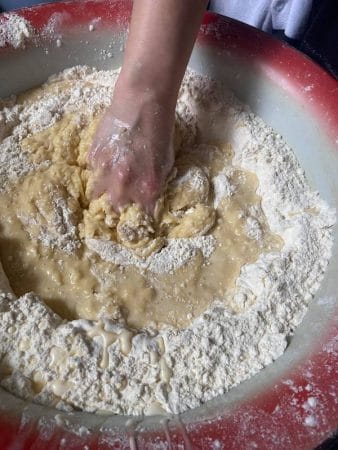 Maka has been holed up in her Saburtalo neighborhood flat with her husband, Nika, since March 14, the day that they returned to Tbilisi after a European holiday, due to new restrictions imposed by the Georgian government. As soon as her two-week home quarantine was lifted, the rest of us became more or less locked down in a state of emergency as well. We caught up with Maka to see how she was faring, to find out how she spent Easter and to learn about some photos we saw of her hands in a bowl of paska dough.
Maka has been holed up in her Saburtalo neighborhood flat with her husband, Nika, since March 14, the day that they returned to Tbilisi after a European holiday, due to new restrictions imposed by the Georgian government. As soon as her two-week home quarantine was lifted, the rest of us became more or less locked down in a state of emergency as well. We caught up with Maka to see how she was faring, to find out how she spent Easter and to learn about some photos we saw of her hands in a bowl of paska dough.
Religious aspects aside, Easter, Maka says, is also a celebration of spring. It is a “fresh time of year” that symbolizes “new life” and is observed with large gatherings of family and friends.
“I remember when I was little, in the morning after Easter Eve, how everybody congratulated each other by saying, ‘kriste aghdga’ (‘Christ has risen! Truly risen!’), which were magic words to me,” Maka recalls.
Although it was prohibited to go to church during the Soviet period, Easter was celebrated. A small number of believers, however, went anyway, despite the ban. Around 1969, Maka’s cousin went to an Easter Eve mass with her friend and the militia (police) picked them up leaving church and detained them overnight.
“It was a tradition to have a supra on the first Monday after the ‘new week,’ and we usually went to my aunt’s house. As a little girl, I loved hearing all the stories, jokes and, of course, the toasts. The guests were mostly my aunt and uncle’s friends: famous doctors, historians, Georgian philologists, actors and artists and so on. They were mostly born at the beginning of the 20th century, a time of radical changes when people lost religious faith. Though they weren’t hard believers, they maintained the tradition of Easter and believed in the existence of God in their own way. And of course, it was another good reason to meet, have delicious food and drink for the future in the name of spring and Easter,” Maka says.
After the death of her mother, and with a family of her own, Maka continued the family tradition of hosting a supra for friends on the Monday after Easter. It is her favorite dinner to prepare, even more than New Year’s, which is the grandest feast of the year. The main course, naturally, is chakapuli, a delirious stew of lamb or veal swimming in a bath of sour plums, white wine, garlic and gobs of fresh herbs and handfuls of fresh tarragon. “When I feel this aroma, I am sure that spring is here and a new cycle of life has begun, once more,” she relates.
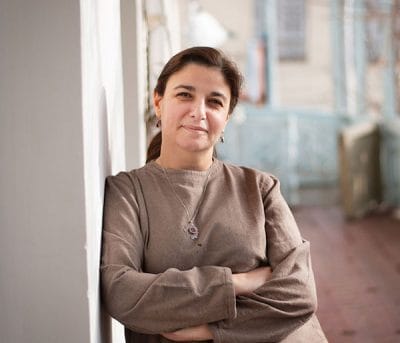 Racha figures heavily on Maka’s table in normal times, with khvanchkara wine and boiled ham and salted smoked pork from the mountain region. For Easter, she talks of how friends and relatives like to compete to see who will get the best lori (pork) from Racha. There will also be mchadi (corn bread), sharp guda or milky sulguni cheese, fresh tarragon, pickled ghandzili (wild garlic) and another Easter must-have: roasted baby potatoes sprinkled with chopped dill.
Racha figures heavily on Maka’s table in normal times, with khvanchkara wine and boiled ham and salted smoked pork from the mountain region. For Easter, she talks of how friends and relatives like to compete to see who will get the best lori (pork) from Racha. There will also be mchadi (corn bread), sharp guda or milky sulguni cheese, fresh tarragon, pickled ghandzili (wild garlic) and another Easter must-have: roasted baby potatoes sprinkled with chopped dill.
“I always try to focus on having fresh and green things for Easter dinner, like tomato and cucumber salad with different kinds of fresh herbs, but with olive oil and balsamic vinegar, which are not typically Georgian. New blood is always good for traditions!” she says.
Kulich, an Easter dish of Slavic origins that is like paska but made of curd and usually sweet, would have been on Maka’s table this year, but the pandemic forced her and millions of others around the world to change the way they observe the holiday.
“Quarantine Easter was only for my husband, daughter and her boyfriend with a few things on the table. I even forgot to decorate the house – and I always decorate for Easter. We had boiled ham, bought in a Vake shop, which wasn’t bad, and mchadi, cheese, fresh tarragon, and good saperavi. And of course, red eggs and paska. Easter can’t be celebrated without red eggs and paska, even if you don’t have anything else.”
Maka’s paska recipe comes from her mother’s handwritten notebook collection, although it was her aunt Natela who was the family paska master. Neither Maka’s mother nor grandmother made paska – it was an unusual thing to make during Soviet times, although you could find it in bakeries and grocery stores. Maka has fond memories of Cafe “Francia” in the Vake neighborhood, which specialized in cakes and sweets and had good paska, too.
Every year, Maka rolls up her sleeves and with her oldest cousin makes enough paskas for three families. She says the routine is always the same: After they finish baking they relax and tell each other that next year they will take it easy and just buy paskas, which of course never happens. Not even this year.
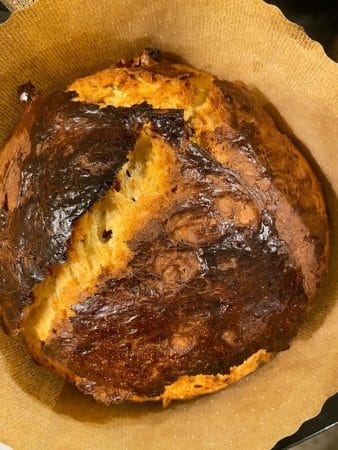 Maka Shengelia’s Easter Paska
Maka Shengelia’s Easter Paska
10 eggs
150-200 gr active dry yeast
2 lt milk
1.5 kg white sugar
500 gr butter
200 gr sour cream
4-5 kg all purpose wheat flour
1 package (5gr) vanilla/ vanilla sugar
1.5 tsp nutmeg powder
1.5 tsp cardamom powder
Zest from 2 medium lemons
2-3 tablespoons cognac or vodka
300 gr raisins (white and dark)
300 gr different kinds of candied fruits
Mix the nutmeg, cardamom powder, lemon zest, vanilla, cognac. Adjust to your preferred taste. This can be prepared one day before baking.
Soak raisins in warm water so they can rise, about 20 minutes. Then allow them to dry. Cut candied fruits into small pieces.
Separately dissolve 150-200 gr active dry yeast with ½ cup of sugar and 1 tea cup of warm milk, add several tablespoons of flour. Mix everything well with a wooden spoon, cover and put in a warm place until the mixture is bubbly and has doubled in size.
In the meantime, stir in the beaten eggs with rest of the sugar, melted butter, and the remaining warm milk along with the sour cream. Stir well with a mixer. Add the mass of bubbled dough and alcohol mixture. Slowly add the flour, making a soft and gentle dough. Cover and put in a warm place to allow it to rise until doubled (usually around 30-40 minutes) After the dough rises, knead it with oiled hands adding a little flour until the flour disappears in the dough and allow the dough to rise again (approx. 30 minutes). After the dough rises again, knead again and add raisins and candied fruits until they are evenly mixed into the dough. Divide the dough into different pieces (depending on the size of the molds/forms you have) and put into the molds. The dough must fill 1/3 of the form. Allow it to rise in a warm place again until it fills 2/3 of the form.
Preheat the oven to 170-175 degrees C. Brush the tops with a mixture of egg yolk and milk. Bake for about an hour until the loaves are a deep brown color. They should be dry inside, which you can check with a toothpick or stick. Once they are done, dust with powdered sugar or decorate it with a glaze.
Note: In Georgia, you can buy paper molds for paska at supermarkets. In the 1990s, during countrywide shortages, we reused metal pea or cucumber cans lined with parchment paper. The idea is that the molds have tall edges.
 April 2, 2024 Grandma’s Folar Recipe
April 2, 2024 Grandma’s Folar Recipe
Folar is the generic name given to traditional Easter sweet bread in Portugal. Making it […] Posted in Lisbon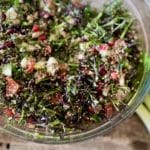 January 4, 2021 Recipe
January 4, 2021 Recipe
In Greece, Epiphany is celebrated on January 6 (some eastern Orthodox churches celebrate […] Posted in Athens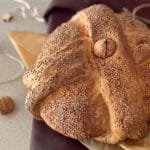 December 14, 2020 Recipe
December 14, 2020 Recipe
The presence of bread on the Greek Christmas table is rich with significance: It […] Posted in Athens
Published on April 24, 2020
Related stories
April 2, 2024
LisbonFolar is the generic name given to traditional Easter sweet bread in Portugal. Making it from scratch is somewhat of a long process, but being confined due to the coronavirus crisis, we seem to have a bit more time on our hands than expected. My family’s folar recipe is from my grandmother Felismina, who was…
January 4, 2021
AthensIn Greece, Epiphany is celebrated on January 6 (some eastern Orthodox churches celebrate it on January 19). To say it’s significant is an understatement: For eastern Christians like the Greeks, the day commemorates the baptism of Jesus in the River Jordan by John the Baptist, seen as his manifestation as the son of God. For…
December 14, 2020
AthensThe presence of bread on the Greek Christmas table is rich with significance: It symbolizes hope for prosperity, an abundant harvest year and good health. The tradition of baking bread for a festive occasion, as well as its many symbolic meanings, can be traced back to ancient times, when many great Mediterranean civilizations associated the…







































